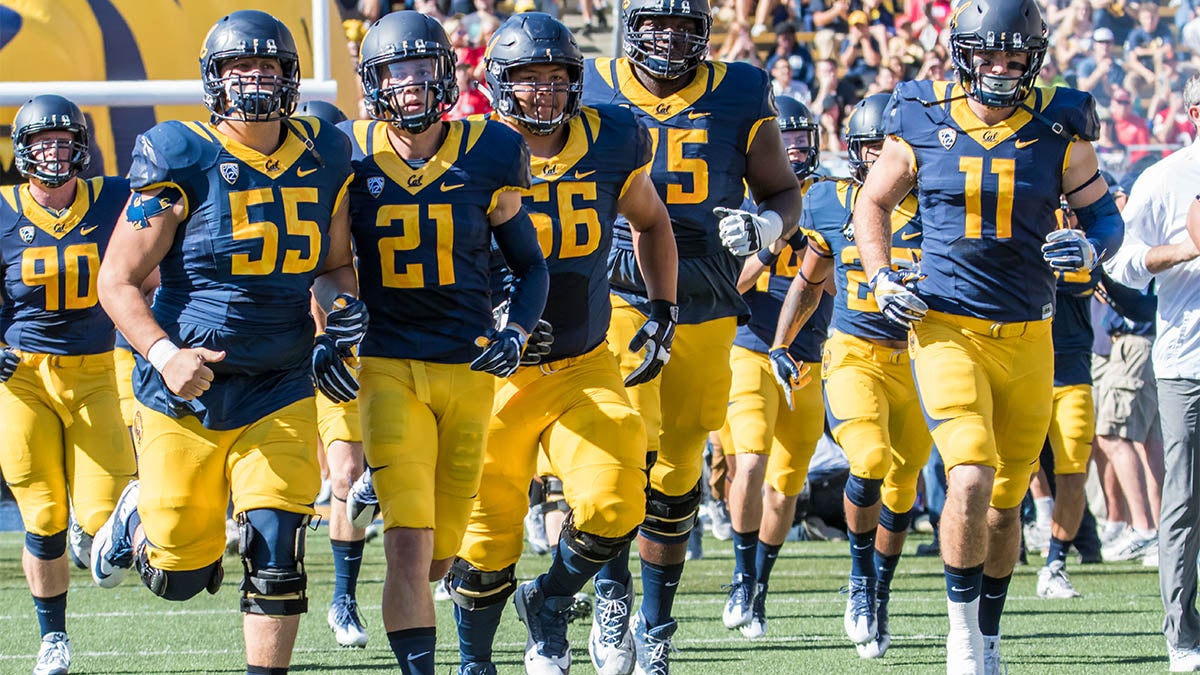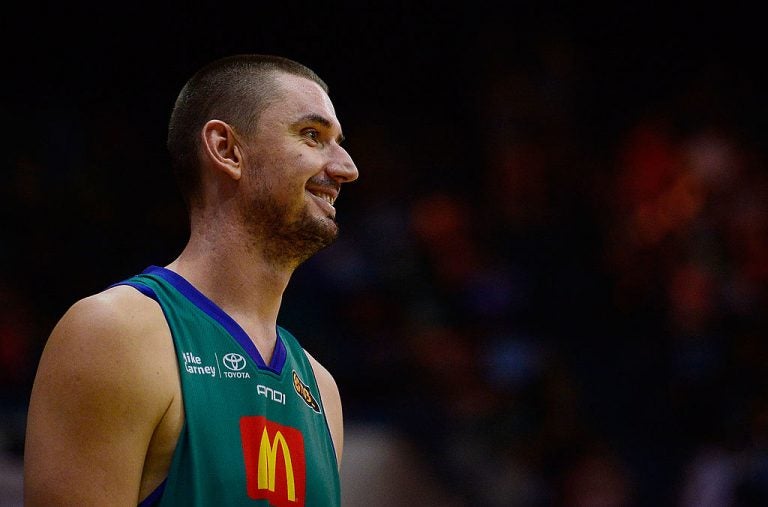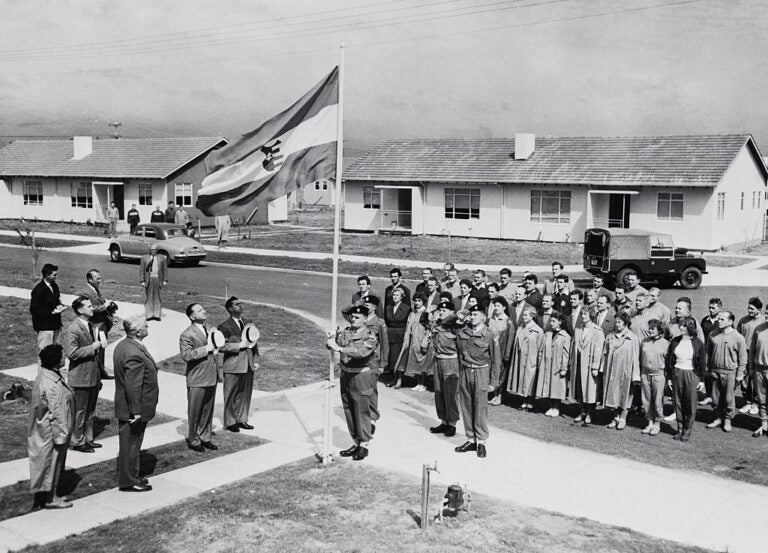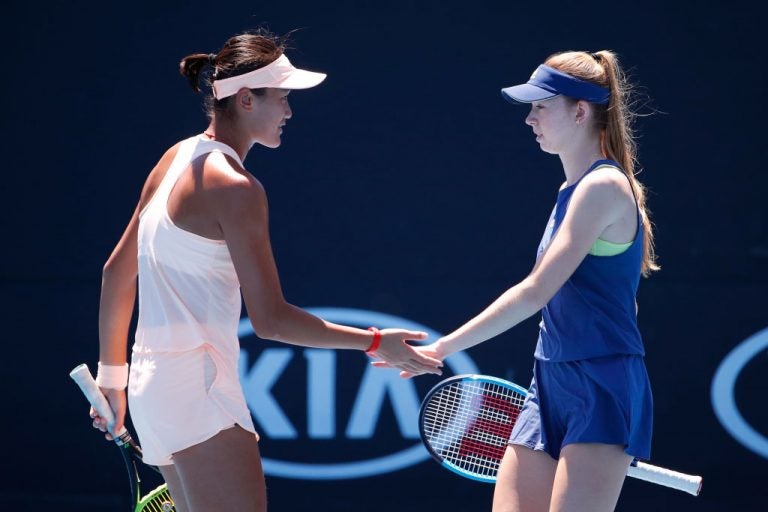'They Don’t Feel Adequately Prepared': How Schools Struggle to Ready Athletes for Success After College Sports
Why this matters
Many athletes never go pro, leaving competitive sport behind after college. Activists and scholars such as Dr. Eddie Comeaux are trying to forge a better future for NCAA athletes by reimagining how the association, its member schools, and coaches can provide fruitful opportunities for athletes during and after college.
Dr. Eddie Comeaux didn’t enter his undergraduate years at the University of California, Berkeley dreaming of a career in academia. Nor did he leave the school aspiring to work on a college campus. Instead, Comeaux wanted to play Major League Baseball. A member of the school’s 1992 NCAA College World Series team, he was drafted by the Texas Rangers in 1994 and played four years in the minor leagues before rupturing an Achilles tendon during a pickup basketball game.
In a single, painful moment, Comeaux’s athletic career was over. But his post-sport journey was just beginning. Eventually, he would become an associate professor of higher education at the University of California, Riverside – a transition for which seeds were planted not in the classrooms or on the baseball diamond at Cal but rather through a chance friendship Comeaux had struck up with Harry Edwards, the renowned civil rights activist and sociologist who taught at the school.
“I used to go to his office after hours just to pick his brain,” Comeaux says. “He was one of my mentors. So after I blew out my Achilles, I was like, ‘How do I remain in sports?’
“What Harry had been able to do – to be an academic, writing about civil rights and athlete issues, but also consulting with athletic departments and professional sports groups – was motivating for me. I honestly would not have pursued my PhD if it wasn’t for him and the relationship we were able to build.”
Today, Comeaux is the founder of UC Riverside’s Center for Athletes’ Rights and Equity (CARE), which focuses on the rights and collective well-being of athletes. He’s also a scholar who studies college sports and how it impacts athletes.
Recently, the Global Sport Institute at Arizona State University asked Comeaux to review research findings on the career preparation and transitions of college and professional athletes. His resulting paper, which can be read here, concludes that the college sports system “must do more” to improve outcomes for college athletes – particularly Black athletes in the major revenue sports of football and men’s basketball.
To better understand the challenges college athletes face when transitioning out of sports and how schools can better help athletes succeed in their post-sport careers, Global Sport Matters recently spoke with Comeaux. The following interview responses have been edited for clarity and context.
Global Sport Matters: Every year during the NCAA basketball tournaments, we see positive, upbeat commercials about how the vast majority of college athletes are “going pro” in something other than their sports. The implication is that college athletes are being prepared for successful careers. How does the picture painted in those ads compare to what research has found about the transition athletes face when exiting college sports?
Eddie Comeaux: First, I’d be remiss if I didn’t say something about the hypocrisy of those commercials. That costs a lot of money, right? And that money is being generated on the backs of disproportionately Black athletes. So there is so much irony behind something that is also really misleading.
People point to overall graduation rates for college athletes being higher than for their non-athlete peers. But they don’t mention the racial component. Those NCAA commercials never mention the racial component. Because the minute you highlight it, you’re able to see the inequities and disparities in outcomes that exist among athletes.
When you disaggregate that graduation data by race and by type of sport, you find that Black athletes in football and men’s basketball [in the Power Five conferences] are graduating at rates around 55 percent. For them, there is not the opportunity to pursue and earn a meaningful education.
As much as we like to say athletes go pro in things other than sports, many of those in the revenue-producing sports are not well-positioned for competitive entry into the job marketplace or graduate school.
GSM: What are the major challenges college athletes face – whether they graduate or not – when transitioning out of sports?
Comeaux: One of the biggest issues is that they don’t feel adequately prepared. There’s an ongoing tension while they are in school between athletic obligations and being a true student who is actively engaged in different learning environments.
My own research has shown that while computers and tutoring and writing centers are all readily available to college athletes, career preparation beyond sport is not central to their undergraduate experiences. They see clear indicators that coaches and others want to develop their athletic talents to win games, and maybe help them go to the professional level. But at the same time, energy and investment don’t go to academic goals.
Related: Understanding The Barriers That Get In The Way Of Latina Girls Playing Sports
When the music stops, many athletes appreciate the quality of the athletic experiences that they had. But in hindsight, they often say, “I wish I had time to participate in internships. I wish I had been in career readiness workshops. But this is not something my coach pushed me to do or that our academic advisor mandated for us.”
Are college athletes able to engage in internships? Are they able to engage in things like studying abroad? Studies show that the more time they engage in those broader academic activities, the more likely they will be successful later.
GSM: Why are those kinds of activities important?
Comeaux: Exposure to new things can lead to expansion of the mind. And that can lead to new possibilities. At Vanderbilt University, [former athletic director] David Williams made sure that athletes had offseason internships. I once asked him what the reaction of his coaches was. He said, “They have no choice. They will buy in, or there will be consequences.”
For most athletes, those kinds of activities aren’t required – not like lifting weights, going to practice, or watching film. Many athletes have told me they wish that internships were something that was required.
GSM: According to NCAA rules, “a student-athlete’s participation in countable athletically related activities shall be limited to a maximum of four hours per day and 20 hours per week.” Of course, there's a catch to this: Those "countable athletically related activities" exclude a whole bunch of actual sports activities that take up actual real-world time for college athletes, who can spend 50 hours a week on their sports. How much does simply not having time to do other things – like internships – affect athlete preparation for life after college?
Comeaux: It’s a major factor. You only have 24 hours in a day, so there often is not enough time to strike a healthy balance between academics and athletics. Also, you are in an institution of higher learning. Folks are competing in the classroom, just like you are competing on the court or the field. If you’re devoting so much time to your sport, you may not be able to put the time and energy into your studies to go into a classroom and engage in meaningful conversations on the topic at hand.
I talked to STEM (Science, Technology, Engineering, and Math) graduates who were athletes. Some of them discussed how if they finished practice in the afternoon, it was taxing for them to get dressed and walk two miles to their study groups and then be engaged while participating in their academic projects. They were tired!
I also use myself as an example. When I played baseball at Cal, there were times that I was just trying to hide in the classroom. I just wasn’t prepared, because I didn’t have time to do the reading the night before. How does that make you feel if you remain silent? Then there’s the added layer of being a Black male athlete and the perception that you are anti-intellectual. That weighs on you.
GSM: Even when athletes are able to manage their time effectively and balance sports and school, are they studying the subjects they want to study?
Comeaux: Many athletes in my research who wanted to pursue a rigorous major – one that would have big time demands – reported a nudge or a push to a less-challenging major. That’s the culture that exists in a number of Division I schools: Academic support is largely there to maintain playing eligibility.
There are a number of studies looking at (athletes’ choice of major). You see clustering, where you have more than 25 percent of the athletes on a particular team in the same major. Much of that is aligned to Black athletes. I find in my own research and conversations with athletes that oftentimes, their major choice is because other options conflict with their sports schedules.
If you’re not in a major that is aligned with your post-college career interests, it puts you at a disadvantage leaving the school.
GSM: Are there advantages for college athletes as they transition out of school?
Comeaux: There is research that highlights how companies are interested in hiring former college athletes because of what they’ve had to endure and experience in a high-pressure environment. They have experience with teamwork, leadership, and working with a diverse group of people, and that can give them a leg up in competing with their non-athlete peers.
But at the same time, there are not enough connections being made between what athletes are specifically preparing for as undergraduates to what they can become. I once interviewed a former football player at San Diego State University who is now a firefighter. I asked him, was that the career he aspired to? He said, “Well, I really did not know what I would major in.” He had identified a major, but those courses conflicted with his practice schedule, so he ended up majoring in sociology. It was only through talking to his mother and other people about a career that he ended up going to the firefighter academy.
For many athletes, it’s only as they go through their senior years or enter their post-athletic careers that they start to explore and think about the possibilities of what they can do and what they might be passionate about.
GSM: How does the level to which a college athlete identifies and defines themselves as an athlete affect their transition to post-college life?
Comeaux: It affects it a lot! For example, research shows that students who come in with a STEM identity before they enter college – because they have a mother, a father, or a sibling who is a doctor or an engineer – are more likely to pursue that goal themselves, persist, and be successful. Meanwhile, those who don’t have a college-going identity in a specific area are less likely to successfully complete their journey.
The same thing is true for athletes. I interviewed two football players from Ivy League schools. They realized they weren’t going to play professional football. So they took advantage of alumni events, meet-and-greets. One is now working on Wall Street, and he attributes that to the relationships he was able to build while in college.
It’s not that Division I athletes don’t want to be good students. It’s just that the culture around them does not exist the same way it does in the Ivy League and elsewhere. I recently spoke to a group of Division III football players. They all pursued internships at some point. It was a given. Yes, they wanted to win games and a national championship. But they were realistic about their futures. And their coaches, their academic advisors, their parents – everyone was on the same page that they would be prepared for their futures. The way they thought about themselves as athletes was different from the way athletes at Division I schools think about it.
GSM: What does research tell us about approaches schools can take and programs schools can adopt that are successful at better preparing college athletes for their post-sport futures?
Comeaux: There are a few studies I can point to. And I might be biased, because some of them are my studies!
I really believe in data informing decision-making and day-to-day practices. So I’ve come up with something I call a Career Transition Scorecard. It’s basically an accountability tool. It requires schools to capture the experiences of their athletes. So, for example, if an athletic department wants to understand how engaged their athletes are in pursuing internships or volunteer work, they should track that.
Say you have 450 athletes, and you find that only five of them are engaging in internships. Once you have that benchmark, you can decide that you want to increase that number to 20 and take steps to make it happen. Are you tapping into your alumni network? Are you building partnerships with corporations?
What gets measured gets noticed. And that makes you more likely to respond in a meaningful way.
GSM: What else can schools do?
Comeaux: I’d like to revisit the Letters of Intent that athletes sign when they are high school recruits. None of the terms are negotiated by athletes. What if we reconsidered that? Why not put some terms in there that are more in line with an institution of higher learning and require athletes to be involved in, say, two high-impact academic activities that are sustainable while they are enrolled? And why not require coaches and athletic departments to support and be involved in that?
That means internships, research projects with faculty members, and studying abroad. It also means consequences for athletic programs that don’t invest in the terms and conditions of the contract.
Another piece is going back to the idea of major choice. If you have a critical mass of five or 10 or 15 athletes on a team who want to be engineers, but your engineering department offers all of its classes and labs in the afternoon when practice is happening, then why aren’t there open lines of communication between student affairs offices, deans and chairs, and athletic departments to find a way to offer more courses at different times of the day? Why not have more online and hybrid courses that fit the schedules of athletes?
What I’ve found in my research is that there often are not shared goals – or mutual respect – between those entities. I’ve talked to athletic departments where they can’t believe the responses they get from faculty members about so-called “entitled athletes” and how they already get everything they want. This is a fixable problem! But you have to have those shared goals and open communication.
Maybe the biggest hurdle we have now is the ongoing commercialization of college sports. It’s increasing. Do we scale it back? Or do we continue to increase revenues at the expense of academics? The more revenue we incur, the more games we play. And the more we have conference realignment. What does that require? It requires more time and travel for athletes to play their sports. One NCAA study found that athletes already miss an average of two classes a week.
GSM: As a scholar of college sports – and a former athlete yourself – do you think the system can be meaningfully changed to help more athletes find better post-sport outcomes?
One of my colleagues the other day said to me that any time there is a critique of college athletics, we never mention the good things about it and how it provides opportunities. Well, yes, we can see that. But the enterprise can be improved. We can create a more equitable model. We can figure out how to better support athletes.
Monthly Issue
The Athlete's Journey
If you are what you repeatedly do, what happens when you stop doing it?
The athlete's journey outside of competition is not often covered in media, nor considered all that much by fans. It can, however, be core to athletes’ lived experiences, impacting decisions on where to play, which business opportunities to take, how to take care of their physical and mental health and more.





